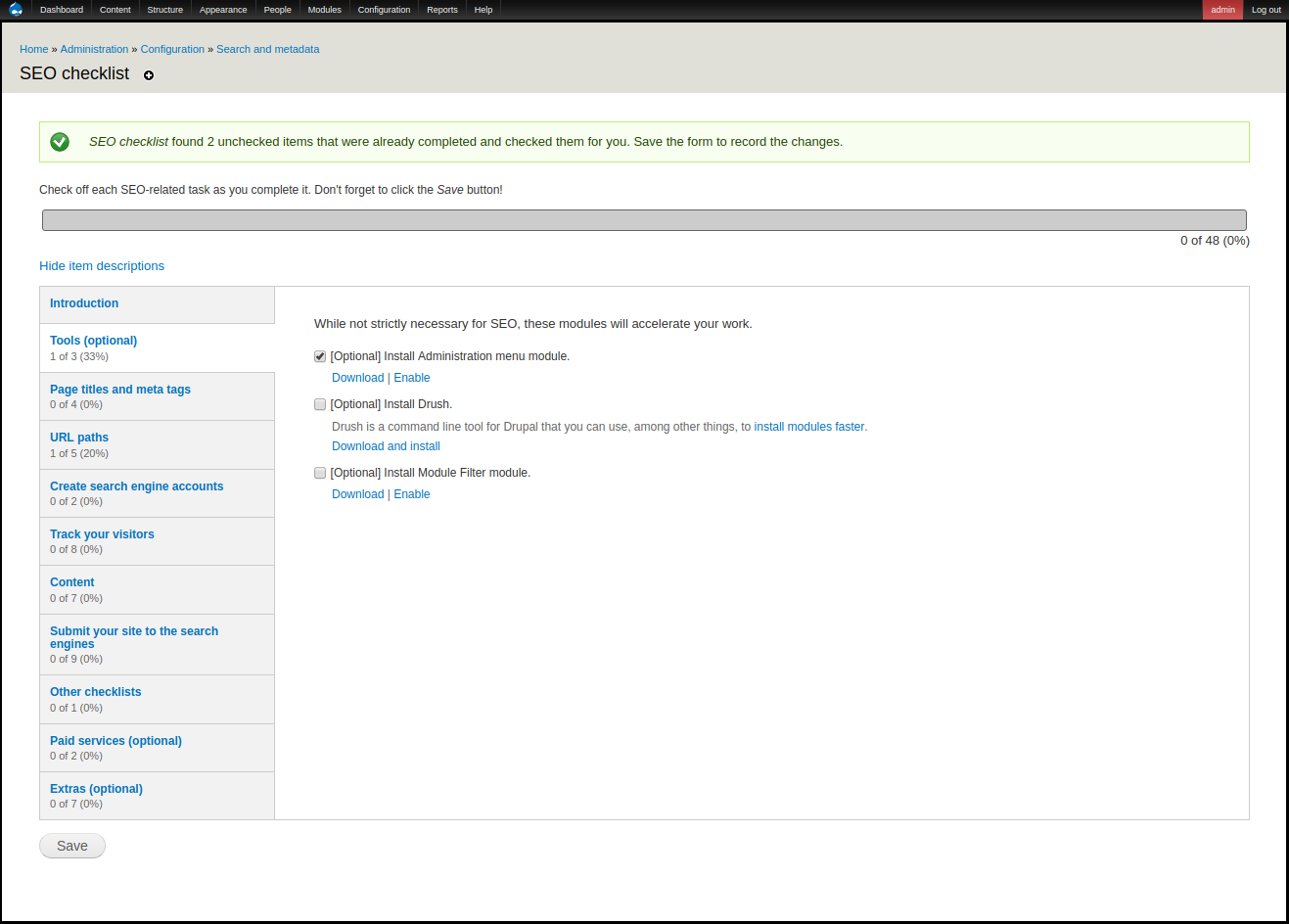Discover efficient photography business management software designed to streamline your workflow, enhance client communication, and boost your productivity.
—
Intro
As the photography industry continues to evolve, managing the day-to-day operations of a successful photography business has become increasingly complex. From handling client inquiries and scheduling appointments to invoicing and tracking equipment, the administrative tasks can quickly become overwhelming. Fortunately, the rise of photography business management software has revolutionized the way photographers streamline their operations and enhance their overall efficiency.
According to a recent industry report, over 70% of professional photographers now rely on specialized software to manage their businesses, a significant increase from just a decade ago. These powerful tools have become essential for photographers looking to optimize their workflows, improve client relationships, and ultimately, grow their businesses.
—
Key Features of Photography Business Software
Photography business management software typically offers a suite of integrated features designed to address the unique challenges faced by photographers. Some of the most prominent features include:
- Client Management: Effortlessly store and access client information, including contact details, past projects, and communication history. This helps photographers provide personalized service and strengthen client relationships.
- Scheduling and Appointments: Efficiently manage the booking and scheduling of photo sessions, consultations, and other events. Many platforms even offer online booking capabilities to enhance the client experience.
- Invoicing and Payments: Streamline the invoicing process and accept payments through various channels, including credit cards and online payment gateways. This ensures timely payments and improves cash flow management.
- Inventory and Equipment Tracking: Keep tabs on photography equipment, accessories, and supplies, making it easier to monitor usage, maintenance, and replacement needs.
- Reporting and Analytics: Generate comprehensive reports on sales, profitability, client activity, and other key performance indicators, enabling data-driven decision-making.
—
Benefits of Using Photography Business Software
The implementation of photography business management software can unlock a wealth of benefits for photography entrepreneurs. According to a survey conducted by the Professional Photographers of America, businesses that utilize such software report an average increase in efficiency of 32% and a 27% improvement in client satisfaction.
- Increased Efficiency and Productivity: By automating administrative tasks and centralizing business operations, photographers can devote more time to their creative pursuits and client interactions.
- Improved Customer Experience: Seamless scheduling, responsive communication, and streamlined invoicing contribute to a superior client experience, leading to increased client retention and referrals.
- Better Financial Management: Accurate invoicing, payment tracking, and financial reporting help photographers maintain a clear understanding of their business’s financial health and make informed decisions.
- Streamlined Operations: Centralized management of client data, equipment, and workflows reduces the risk of errors and ensures a more organized and cohesive business environment.

—
Choosing the Right Photography Business Software
Selecting the right photography business management software can be a daunting task, given the wide array of options available in the market. When evaluating different platforms, photographers should consider their specific business needs, budget, and the software’s user-friendliness and integration capabilities.
A comprehensive study by the International Association of Professional Photographers reveals that the top factors photographers consider when choosing business management software are ease of use (79%), comprehensive features (68%), and integration with other tools (54%).
—
Top Photography Business Software Platforms
While there are numerous photography business software solutions on the market, a few platforms have emerged as industry leaders. These include:
- Shootq: Renowned for its robust client management and scheduling features, Shootq is a popular choice among portrait and event photographers.
- Tave: Offering a seamless combination of client, project, and financial management tools, Tave is a versatile solution suitable for a wide range of photography businesses.
- Pixifi: Designed with the unique needs of wedding photographers in mind, Pixifi excels at managing lead generation, contracts, and online booking.
- Sprout Studio: This all-in-one platform provides powerful features for client communication, sales, and workflow automation, making it a favorite among commercial and portrait photographers.
—
Case Studies: How Photography Businesses Transformed with Management Software
The impact of photography business management software can be seen in the success stories of various photography businesses. For example, Wedding Bliss Photography, a renowned wedding photography studio, reported a 25% increase in bookings and a 20% improvement in client satisfaction after implementing Tave’s comprehensive suite of tools.
Similarly, Portraits by Jessi, a portrait photography business, saw a 35% reduction in administrative time and a 12% increase in overall profitability after transitioning to Shootq’s client-centric platform.
—
Completion
As the photography industry continues to evolve, embracing the power of business management software has become a necessity for photographers looking to thrive in a competitive landscape. By streamlining operations, enhancing client experiences, and improving financial management, these powerful tools empower photographers to focus on their creative passions while building sustainable, successful businesses.
Whether you’re a seasoned professional or a aspiring photographer, exploring the capabilities of photography business management software can be a game-changing step towards unlocking your full entrepreneurial potential.




Leave a Reply